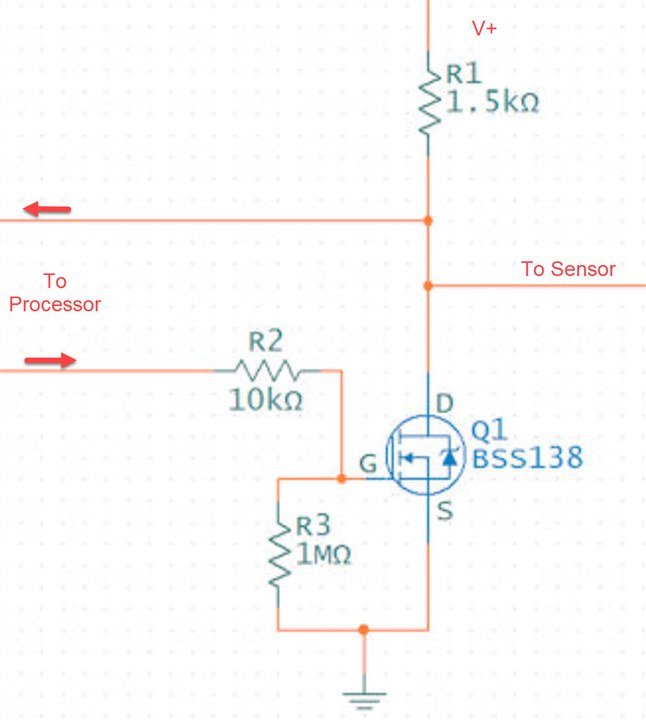I am trying to comunicate with Temp/Humid module DHT11
However data pin should be pull up to 3.3 but while my RTL trying to comunicate with DHT11 throgh IO13 pin, Data line pull down to GND.
if GPIO can be inout port, then any one know how?
My RTL working fine in simulation with Vivado


